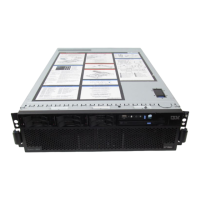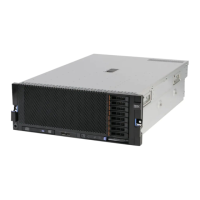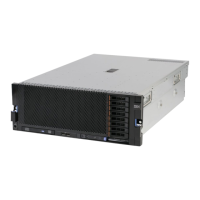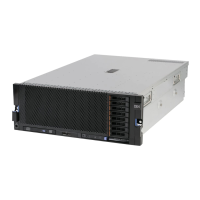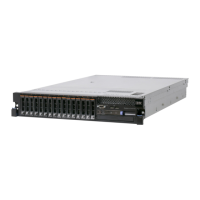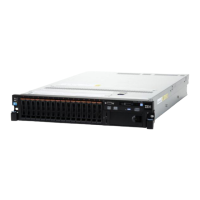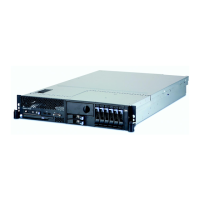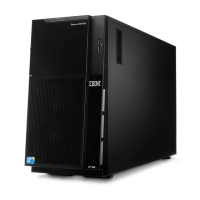2 IBM System x3850 X6 and x3950 X6 Planning and Implementation Guide
1.1 Target workloads
The IBM X6 servers introduce new levels of fault tolerance with advanced reliability,
availability, and serviceability (RAS) features implemented in hardware and software,
simplified servicing and upgrades with a bookshelf concept and lid-less design, and dramatic
improvements in response time with stretched memory speeds and innovative flash storage
offerings, while leveraging proven technologies of the previous generations of Enterprise
X-Architecture.
These servers provide those looking for the highest level of scalable performance, the
maximum memory capacity, and the richest set of RAS features for maximum productivity.
They are designed for mission-critical, scalable workloads, including large databases, and
ERP/CRM systems to support online transaction processing, business analytics,
virtualization, and enterprise applications.
This section describes how IBM X6 technology helps to address challenges clients are facing
in these mission-critical enterprise environments.
1.1.1 Databases
Leadership performance, scalability, and large memory support means that X6 systems can
be highly utilized, yielding the best return for database applications such as these:
SAP Business Suite on X6
Microsoft SQL Data Warehouse on X6
SAP HANA on X6
IBM DB2® BLU on X6
X6 is well suited for Online transaction processing (OLTP) workloads. OLTP workloads are
characterized by small, interactive transactions that generally require subsecond response
times. For most OLTP systems, the processor, memory, and I/O subsystem in a server are
well balanced and are not considered performance bottlenecks.
The major source of performance issues in OLTP environments is typically related to the
storage I/O. The speed of traditional hard disk drive (HDD)-based storage systems does not
match the processing capabilities of the server. As a result, often a situation occurs where a
powerful processor sits idle, waiting for storage I/O requests to complete, negatively
impacting the user and business productivity. This is not the case with X6.
The OLTP workload optimization goal for IBM X6 systems is to address storage I/O
bottlenecks. The possible choices are in-memory data and the use of flash storage:
In-memory data:
The main memory is the fastest storage type that can hold a significant amount of data.
Data in main memory can be addressed more than a hundred times faster than data on a
spinning hard disk.
For more information about in-memory data, see 1.4, “Storage versus in-memory data” on
page 7.
Flash storage as a main data store:
When flash storage is used as a main OLTP data storage, entire database structures are
placed onto solid-state storage logical volumes. Solid-state storage has significantly better
IOPS performance characteristics compared to traditional spinning hard disk drives.
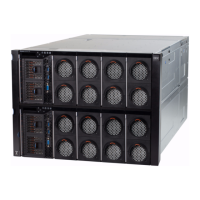
